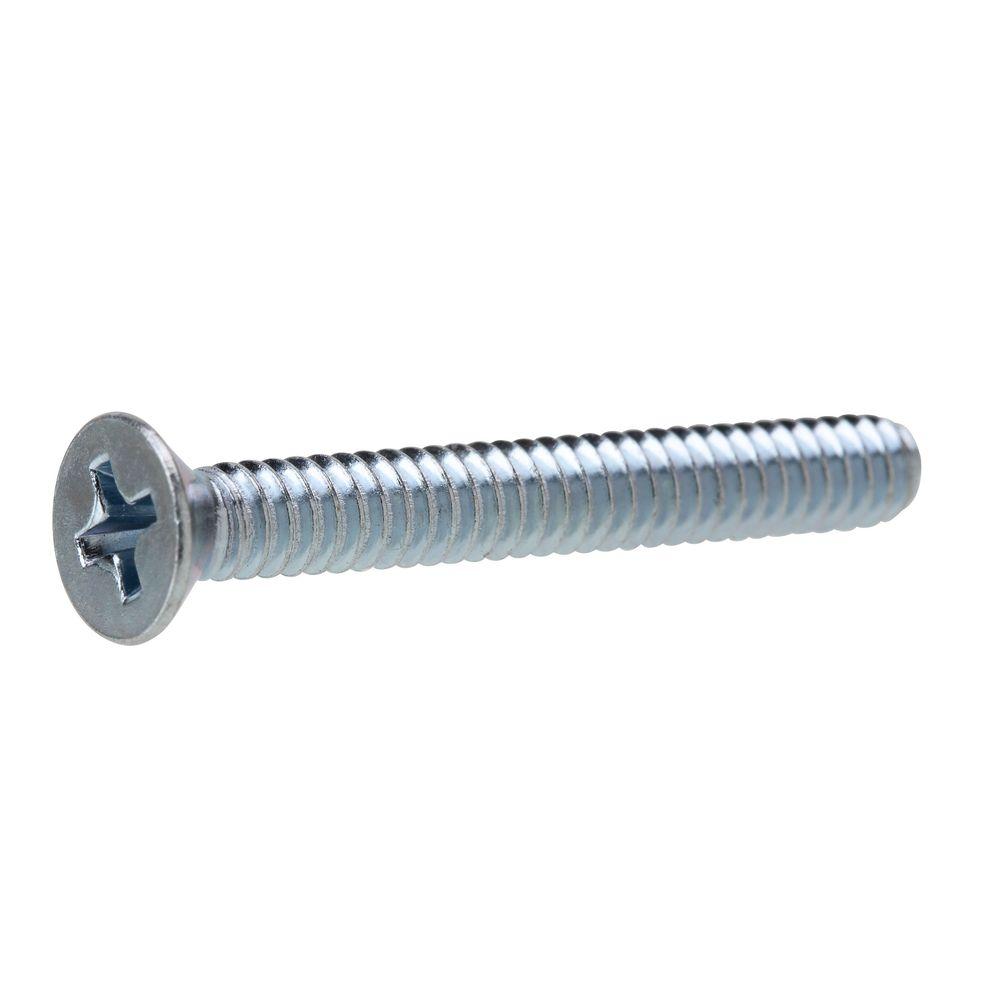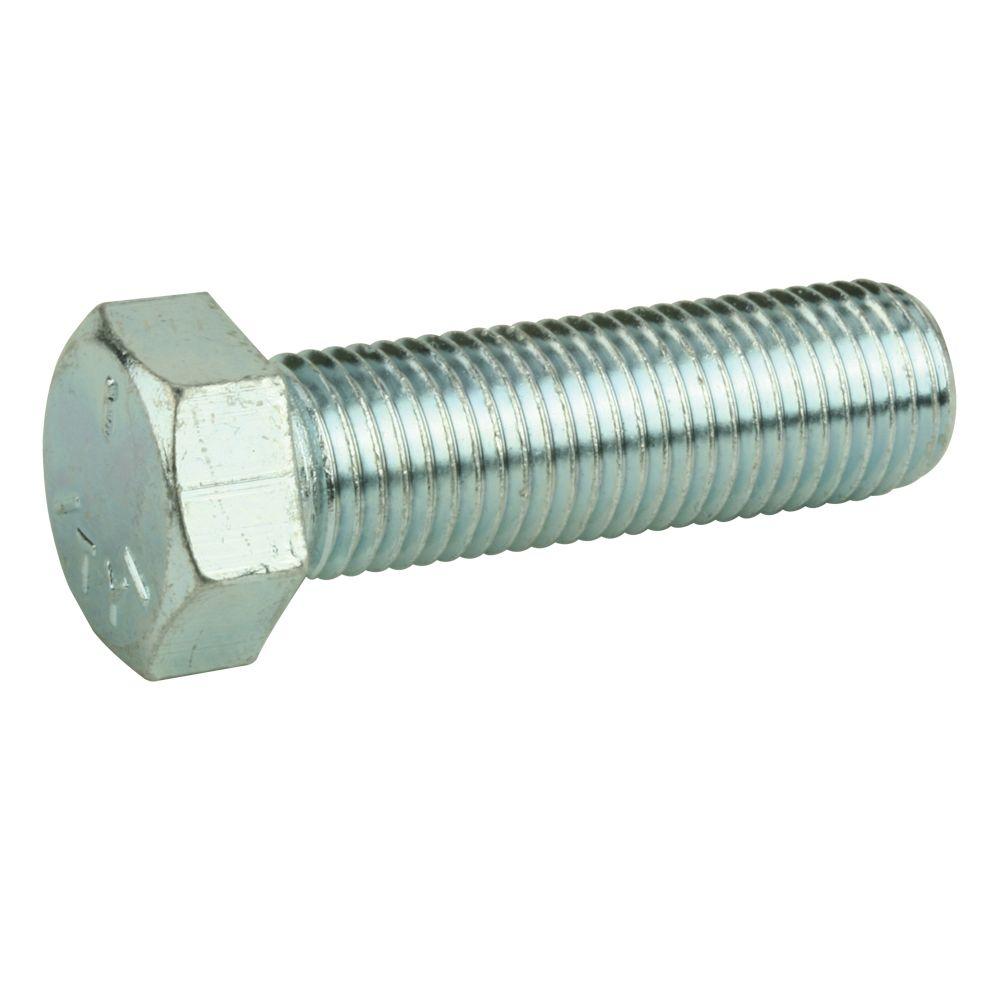2 1 4 20

Similarly log 2 64 6 because 2 6 64.
2 1 4 20. More examples here are more examples of how to check your answers with algebra calculator. 20 threads per inch on a 1 4 diameter screw is considered coarse. For x 6 2x 3 check correct solution x 3. These equivalent fractions contain different numbers but they mean the same thing.
Clamp loads are based on 75 of the minimum proof loads for each grade and size. After you enter the expression algebra calculator will plug x 6 in for the equation 2x 3 15. In the example above the denominators were 4 6 and 2. In order to keep numbers in direct relation you should first divide or multiply which depends on your task them in the ratio.
Grade 8 medium carbon alloy steel quenched and tempered up to. Acceptability criteria are described in ansi asme b1 3m 1992 r2001. In that particular ratio calculation you should just multiply 4 as well as 3 by 2. 1 2 6 12 50 100.
Grade 2 low carbon steel up to 3 4 proof load 55000 psi minimum tensile strength 74000 psi 3 4 1 1 2 proof load 33000 psi minimum tensile strength 66000 psi. Use this calculator to add subtract multiply and divide fractions. Ansi asme external screw thread size chart. The thread series is generally relative to the outside diameter of the screw.
For longer fasteners the torque is reduced significantly. You can also say that 6 12 is half and that 50 100 is half. 2 4 6 8 10 12. It means half of something.
How to find equivalent fractions. Grade 5 medium carbon steel quenched and tempered up to 1 proof load 85000 psi 1 1 1 2 proof load 74000 psi minimum tensile strength 105000 psi. Ansi asme b1 1 1989 r2001 r2001 nomenclature are used. For example 2 3 8 log 2 8 3 the logarithm of 8 to base 2 is equal to 3 because 2 3 8.
Unified screw threads per. All units are in inches. Grade 2 calculations only cover fasteners 1 4 3 4 in diameter up to 6 long. Therefore it is obvious that logarithm operation is an inverse one to exponentiation.
They represent the same part of the whole. For example think about the fraction 1 2. Feel free to try them now. The least common multiple is the first shared multiple of these three numbers.
The calculator prints true to let you know that the answer is right.


















